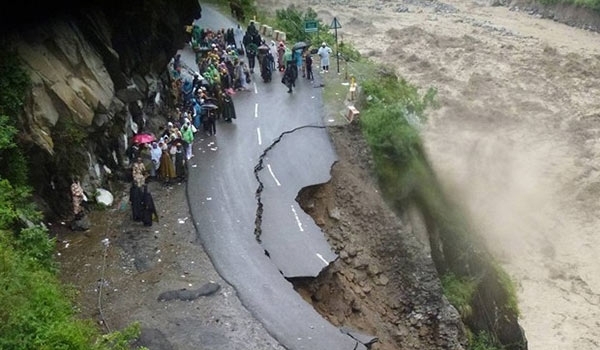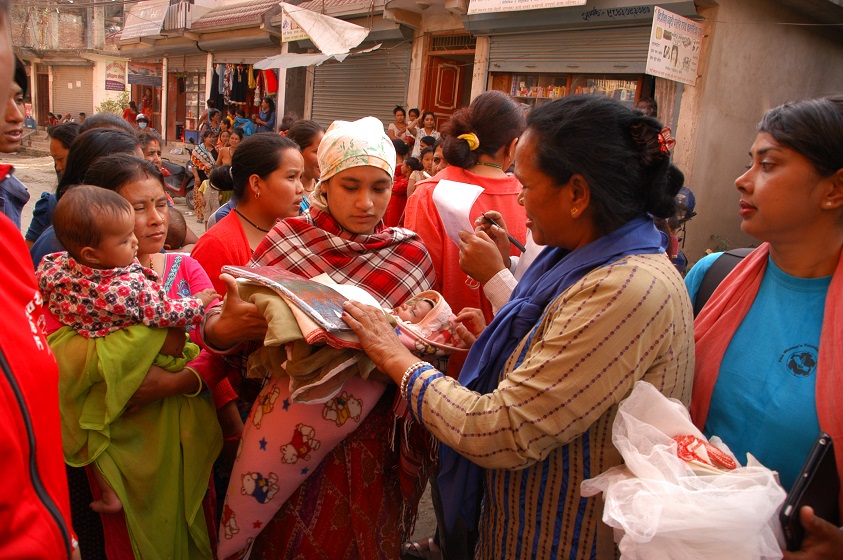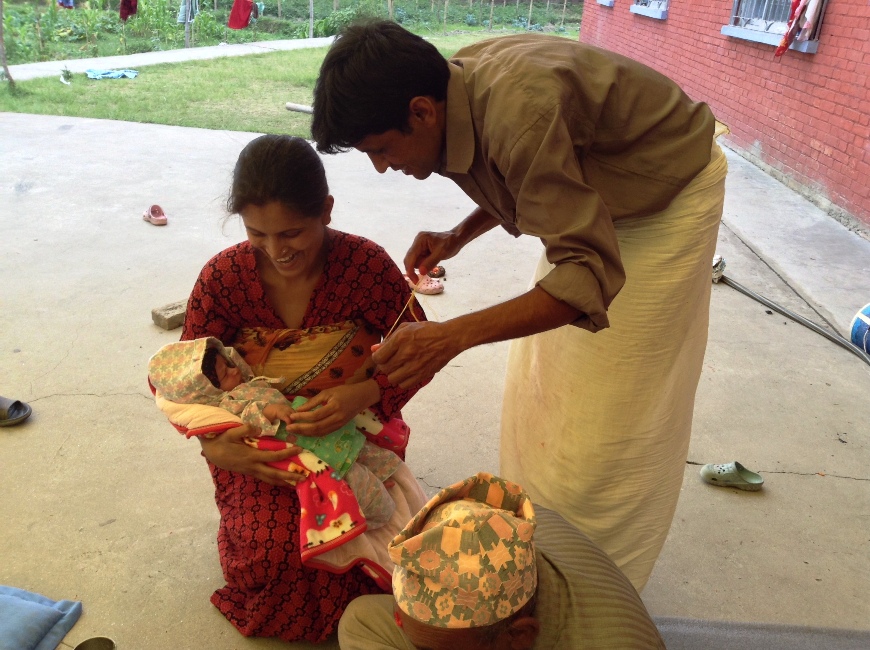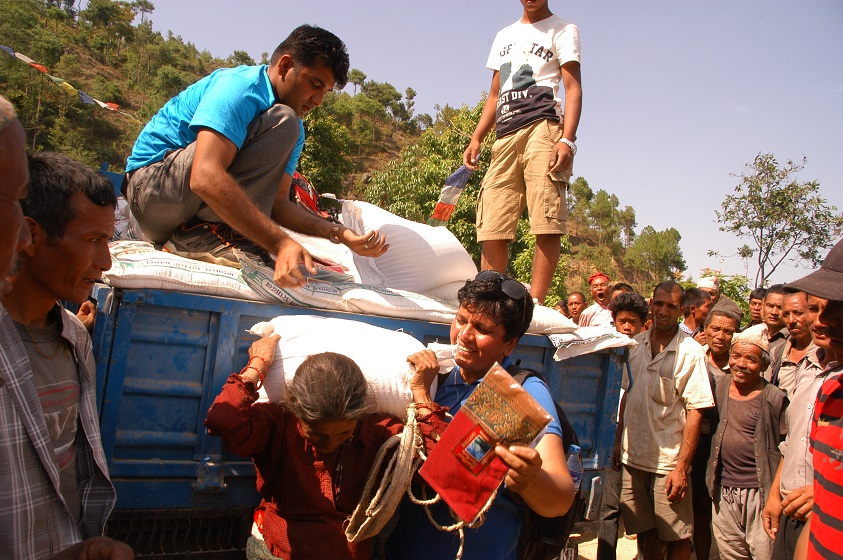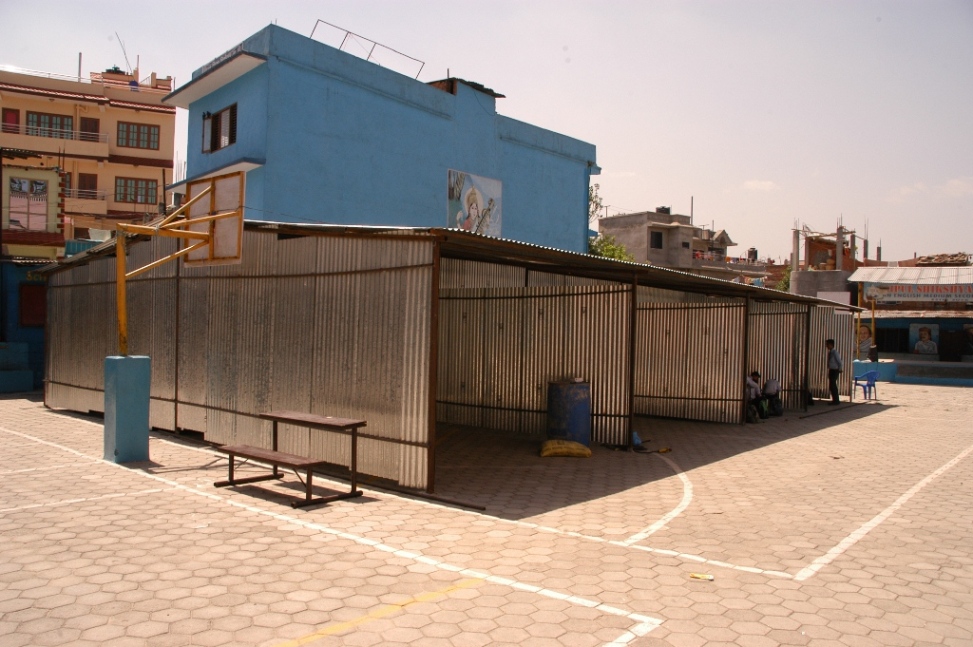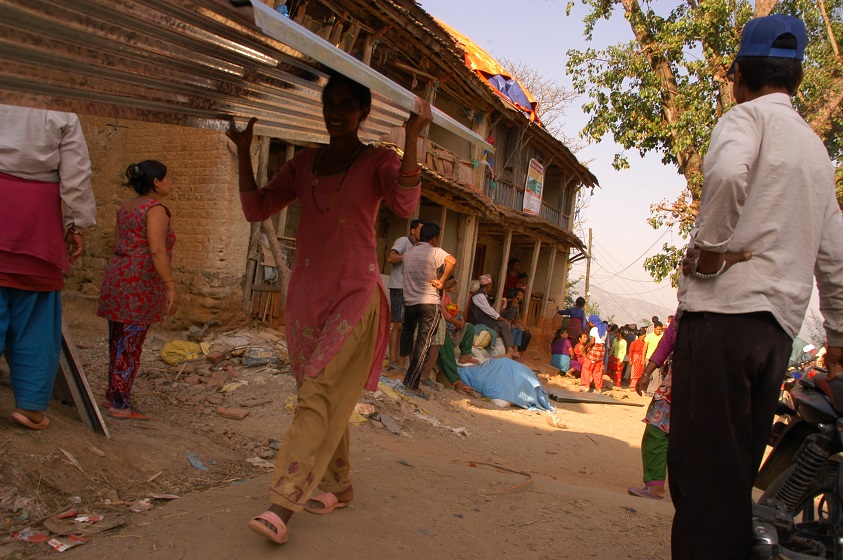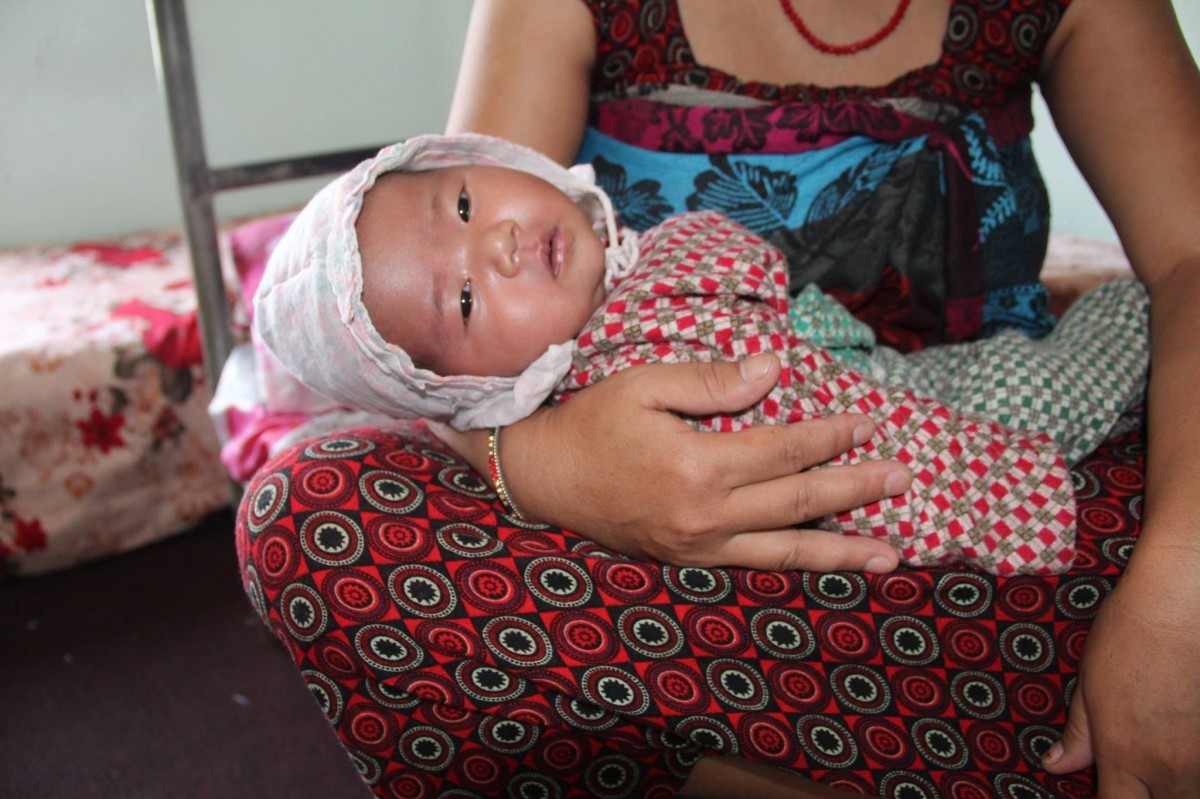All the students (i.e. 34) who attempted School Leaving Certificates from Bipul School have successfully completed their School Leaver Certificates in the Higher First division, Six of whom received distinctions. This is fantastic news as in Nepal it is essential for students to pass this level of education if they want to progress with their studies. The fact that the children have done so well will allow them to continue with their education and give them the best foundation for their future careers.
We believe that this shows the benefits of non-violent educational principles as 100% of our students have passed a very hard set of exams. The examination board of the Government of Nepal reported that only 47.43% of students passed their SLC showing how impressive our results are. By learning in a non-violent happy environment, our children enjoy learning and therefore work hard and achieve success.
Ten children from the WFN shelter have successfully completed their School Leaving Certificates and we are so proud of them! Out of 10 children, 2 of them passed their exam with the Distinction and 8 of them had a First Division. Many of the children have been with us since they were very young and came from tragic backgrounds. The fact they have progressed through school and done so well shows that the WFN can help change the lives of children.
WFN would like to thank all the kind and generous people who sponsor our children and their success shows that your contribution really does make a difference to the future of the children.
If you would be interested in sponsoring a child please click on the link to see the children that require sponsorship. Sponsorship of school fees is only $25 and you will receive regular updates about our child. http://www.womenepal.org/get-involved/sponsor-a-child-at-the-shelter-home/
Leave a comment
